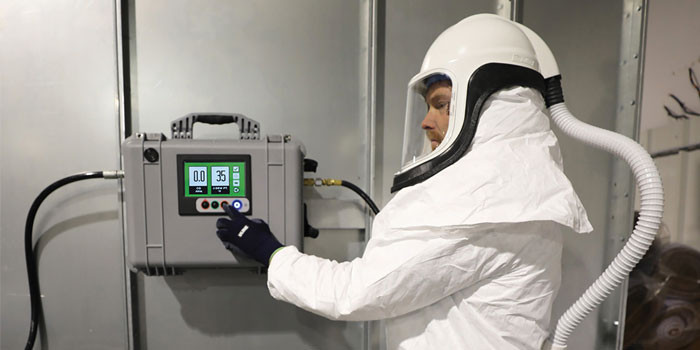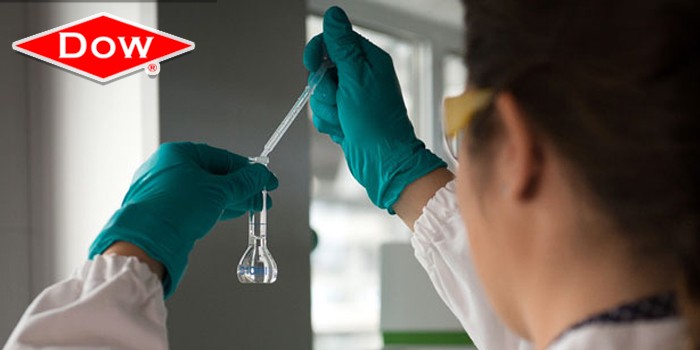Here Comes the Sun...


SUMMER ISSUE 2019 (Spray Foam Magazine) – Many of us have had a very wet and cold winter and spring. Finally though, the mud has dried up, the sun is out, and temperatures are rising. Pretty soon we will be complaining about droughts and the heat. It’s a continuous cycle of complaining that we all do. Now that summer is approaching and we are spending much more time outside, we need to remind ourselves of the hazards of sun exposure. Let’s talk about how to protect ourselves from sun exposure, what problems sun exposure can cause, how to identify those problems such as skin cancer, and what risk factors lead to skin cancer or other skin related problems.
I saw a meme recently with a picture of Casper the Friendly Ghost next to a red lobster. The caption read, “I only have two summer shades.” Because I can absolutely relate to that, I became aware early on that I need to take cover when I’m going to be outside for extended amounts of time, like five minutes. When I was a kid, getting a sunburn was expected at the beginning of summer and you only stayed out of the sun long enough to let that heal before going out again to work on that real tan, which for me was just more freckles growing together. The seasonal sunburns we used to get were painful, and we only got concerned when the sunburn was bad enough to cause second-degree burns. No one was talking about skin cancer or any other skin risks, we were just worried about dealing with the immediate concerns of a sunburn and the ensuing blisters. Little did we know that those seasonal sunburns could lead to problems over time. Hopefully through education over the years since, these attitudes have change and we know protecting ourselves from the sun is important and easy to do.
Whether you are a spray foam contractor that works indoors, on exterior walls or on the roof, you are outside a lot and need to make sure to protect yourself from the sun. The obvious real danger of too much sun exposure is skin cancer, but too much exposure can also cause the skin to break down over time creating age spots, wrinkles, and discolorations. Damage caused by sun exposure is not caused immediately, but builds up over time which may be why many people do not properly protect themselves. Nonetheless, too much sun exposure will cause damage over time, so it’s important to get into a habit of protecting yourself every day you spend time outside.
Practice Protection–Sun Abstinence is Not the Only Way
WebMD posted several safety tips on how to protect yourself from the sun’s harmful radiation. Here just a few:
- Wear sunscreen everyday in all weather and every season. Find a sunscreen with a sun protection factor (SPF) of at least 30 and make sure it protects from UVA and UVB rays. Follow the instructions on the label which usually state to put it on 15 minutes before spending time outside. Reapply sunscreen every 80 minutes or more often if you’re sweating. It’s important to read the label as it may require reapplying more frequently.
- Wear sunglasses with full UV protection. I’m “lucky” that I wear prescription glasses which have UV protection so my eyes are always protected. If you’re not lucky like me, make sure you always wear UV blocking sunglasses. For most of us working in the field, you’ll need to have safety glasses on anyways, so make sure those provide UV protection.
- Wear wide brimmed hats, long sleeved shirts and pants. Depending where you live, wearing long sleeved shirts may be uncomfortable, but there are many other reasons to wear long sleeved shirts and pants. They protect your skin from chemical exposure which is quite common in our line of work. There are some amazing new materials out there now that can protect your skin and still be breathable.
- Be mindful of the time. Avoiding being outside between 10 a.m. and 2 p.m. may be impossible for most of us, but know that those are the most critical hours. If you’re going to be out during those times, make sure you are protected.
- Check your skin regularly for abnormalities and growths. Because of my complexion, I see a dermatologist at least once a year. No matter your complexion, most contractors that work outside for a living should consult a dermatologist and get their recommendation on frequency of visits.
Identifying Skin Cancers–That Doesn't Look Right!
The biggest concern with sun exposure is skin cancer. Other than protecting your skin in the ways listed above, it’s important to pay attention to your skin and look for signs of possible skin cancer. Luckily, skin cancer mostly develops in places it can be seen, so the chances of catching it early and seeking treatment is good. Examine your skin regularly and look for signs of problems. You want to look for sores that develop and never go away. Examine any mole that may be changing shape or size. If there are any concerns discuss them with your primary care physician or consult with a dermatologist. While most of the time skin cancers develop where skin is exposed to the sun, it can also develop anywhere on your body such as between toes, the palms of your hands, and areas that never see the light of day.
Risk Factors–Are You More Susceptible?
Other than solely high exposure to the sun, there are several other risk factors and behaviors that can make someone more susceptible to skin cancer. Cancer Treatment Centers of America list several factors that can contribute to an increase risk of skin cancer:
Age: As you get older, you may be exposed to more sun and have a higher risk.
Immune suppression: Those with a weakened immune system are more susceptible.
Gender: Men are twice as likely to get skin cancer than women.
Skin Tone: Caucasians are more likely to get skin cancer. The risk is even higher for those with blonde or red hair, blue or green eyes, or skin that burns or freckles easily.
Moles: Most moles are harmless, but if you have moly skin, you are more at risk.
Genetics: If one or two parents or siblings have had skin cancer this is a red flag. Pay attention to your skin.
Lifestyle: Smokers, those exposed to certain chemicals and those that spend a lot of work and free time outside are at a higher risk.
Other than being absurdly handsome, the above could have been my dating profile.
The weather is heating up and spray foam season is ramping into full swing. That means many of us will be spending a lot of time outside exposed to the sun. Cloudy or sunny, cold or hot, please make sure you protect yourself from sun exposure. Understand what to look for when examining your skin and seek medical attention if you have any concerns. Also, if you’re the poster child of skin cancer risks like me, understand the risk factors and be vigilant in protecting your skin.
Disqus website name not provided.








































